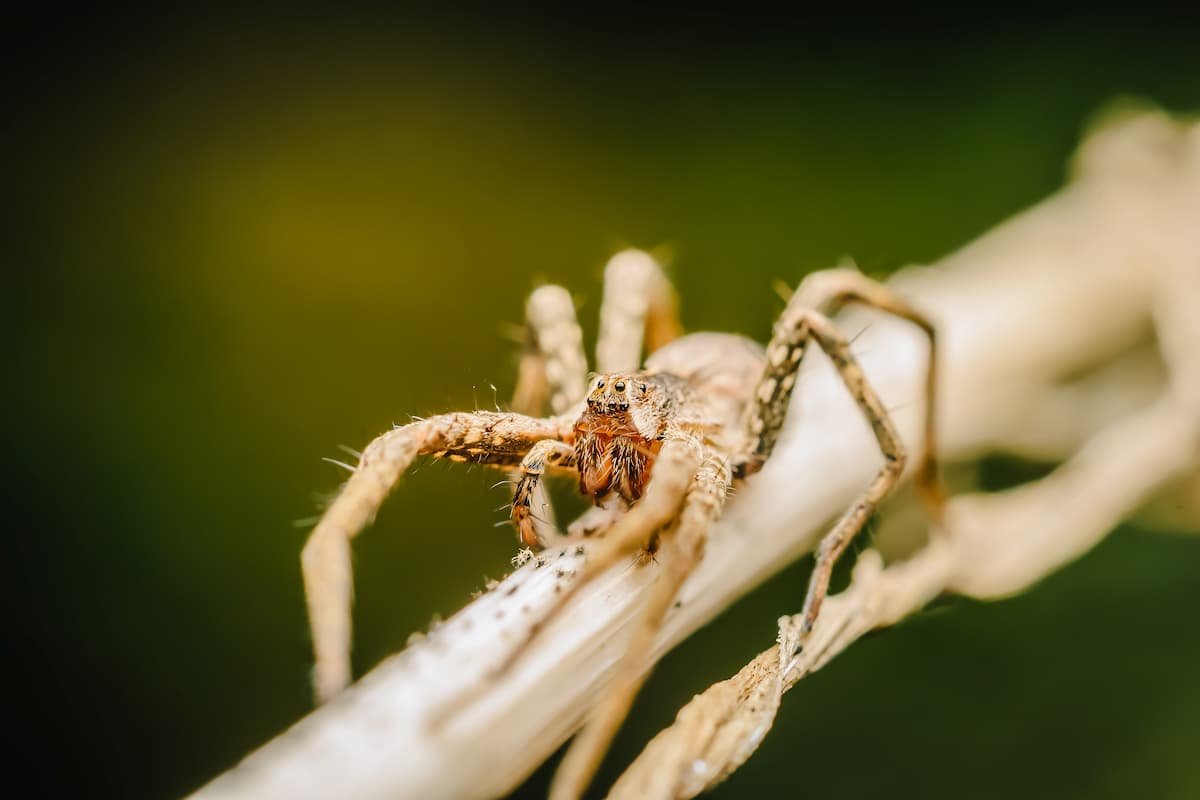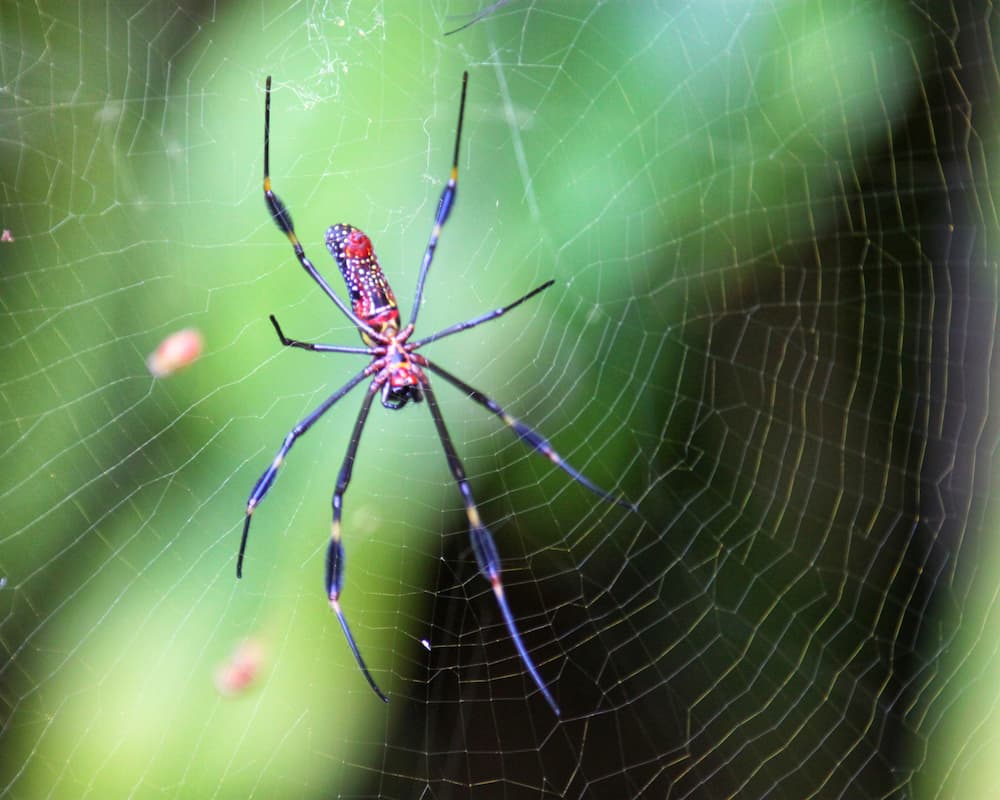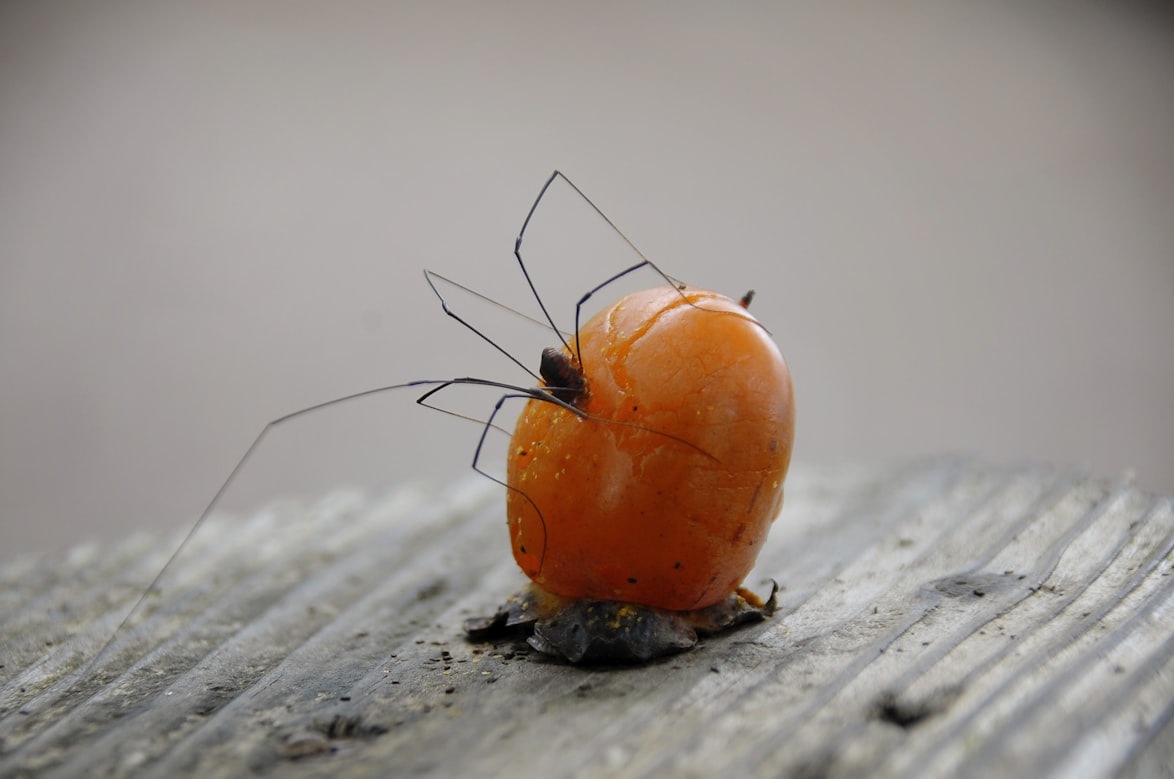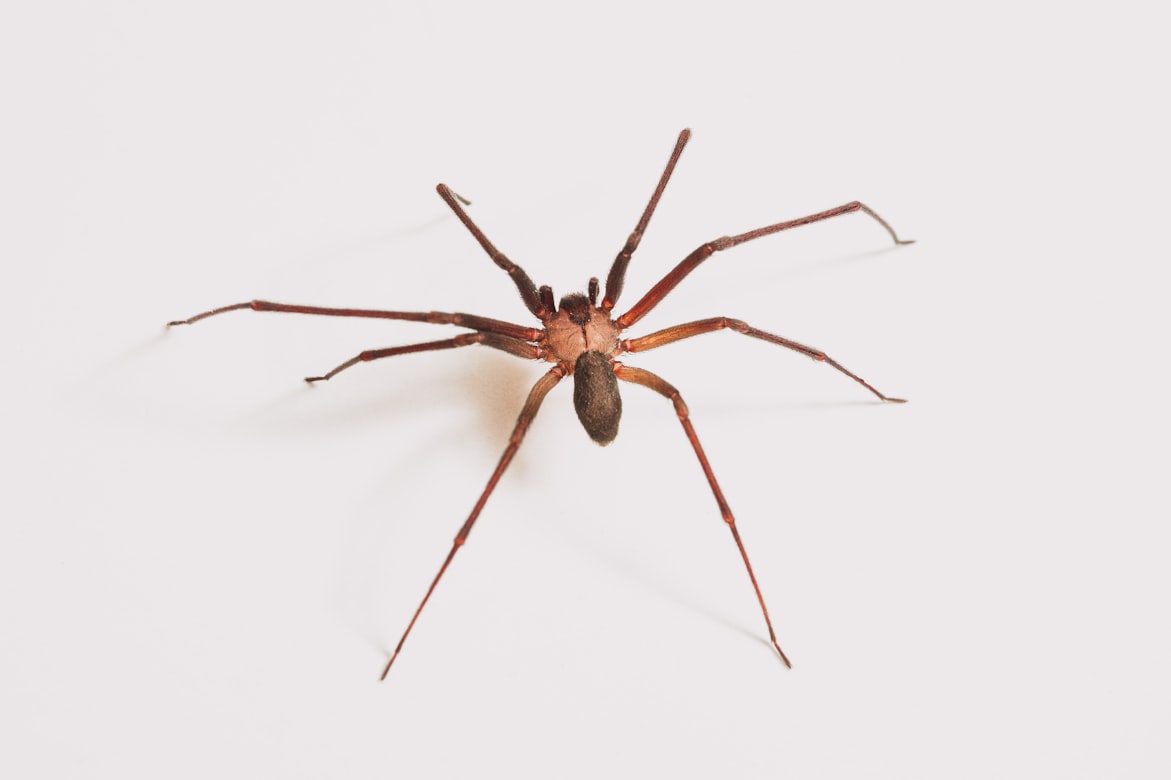Garden spiders often build webs in areas adjacent to open sunny fields where they stay concealed and protected from the wind. The spider can also be found along the eaves of houses and outbuildings or in any tall vegetation where they can securely stretch a web. The circular part of the female's web may reach two feet in diameter. Webs are built at elevations from two to eight feet off the ground.
Female Argiope aurantia spiders tend to be somewhat local, often staying in one place throughout much of their lifetime.
The web of the yellow garden spider is distinctive: a circular shape up to 2 feet (60 cm) in diameter, with a dense zigzag of silk, known as a stabilimentum, in the center. The purpose of the stabilimentum is disputed. It is possible that it acts as camouflage for the spider lurking in the web's center, but it may also attract insect prey, or even warn birds of the presence of the otherwise difficult-to-see web. Only those spiders that are active during the day construct stabilimenta in their webs.( From Wikipedia, the free encyclopedia)












